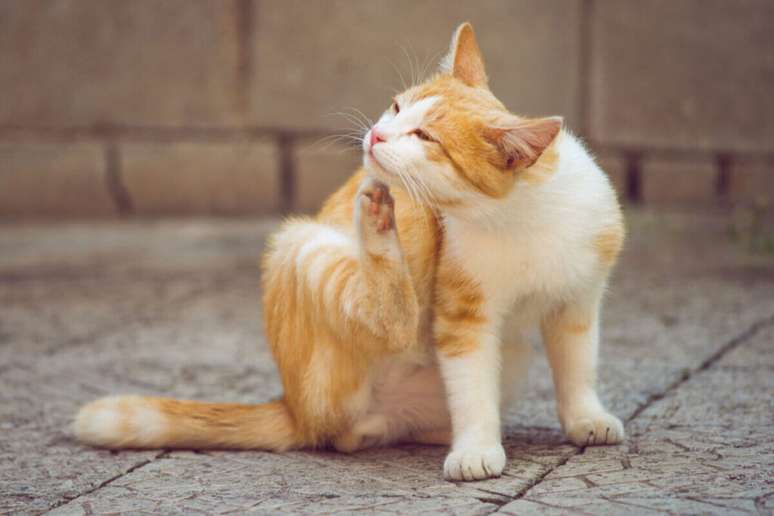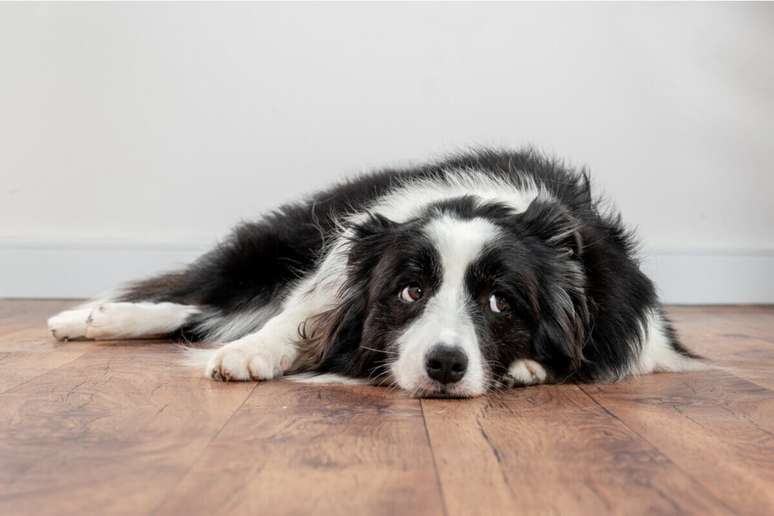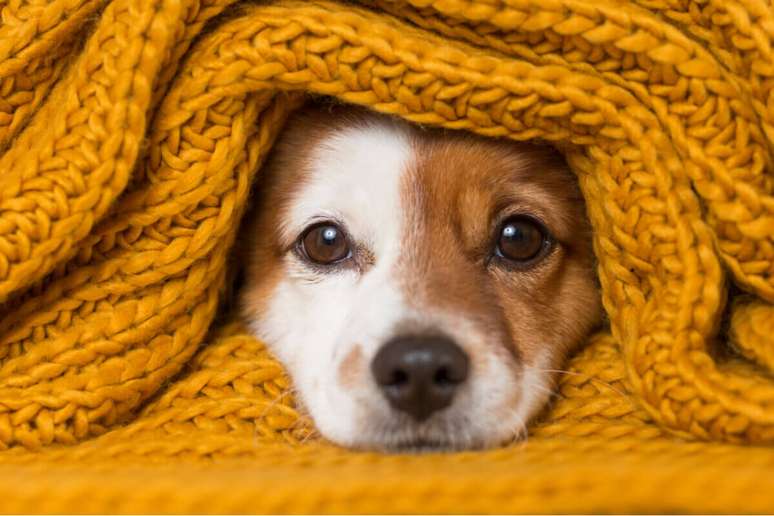Veterinarians explain how to protect the health of dogs and cats at this time of year
Autumn began on March 20th and lasts until June 21st. During this season, temperatures begin to drop, the climate becomes dry and the amount of rain decreases. And just like humans, pets also sense temperature changes.
Therefore, care for them must be doubled. This is because, in this period, respiratory, ophthalmic and joint problems intensify. Below, check out some tips and precautions that should be taken pets during the season.
1. Pay attention to respiratory diseases
According to veterinarian Cinthya Ugliara, respiratory diseases are among the most widespread at this time of year, both allergic and infectious, caused by viruses or bacteria. Examples include feline rhinotracheitis (feline influenza) and canine infectious tracheobronchitis (canine influenza).
“Overall, these illness it can cause symptoms such as coughing, sneezing, nasal discharge and shortness of breath. To treat them, it is necessary [ter] correct diagnosis and follow-up with a veterinarian. But the most important thing is to do prevention with visits to the vet every 6 months and always keep your dog’s vaccination card. pet updated,” he recommends.
2. Protect your pet
Some actions can prevent breathing problems or help your pet feel better. Cinthya Ugliara suggests using an air humidifier, especially in places where pet he is sleeping. Veterinarian Pablo Monteiro, of the Hospital Veterinário, Pet Shop & Hotel Sena Madureira, explains that keeping “the place warm and comfortable, with blankets and clothes always clean, as well as a dry and clean place, to avoid the presence of dust and mites” it is an attitude that helps protect animals.
3. Pay attention to nutrition and hydration
Immunity is one of the important points to maintain your pet’s health. Therefore, pay attention food and hydration is essential. Pablo Monteiro explains that offering good quality food and keeping pots and troughs clean and sanitized are important actions.
According to Cinthya Ugliara, with lower temperatures, pets tend to reduce water consumption. Therefore, it is important to encourage yourself to drink more fluids. “A simple and fun way to do this is to offer wet food, such as those in sachets or cans. For cats, it is extremely important to offer water in large pots or electric fountains, which help keep the water circulating, and they love it “, explains.

4. Fight fleas and ticks
During the tour, keep an eye on the places you frequent with the animals. In this season the foliage is drier and this contributes to the proliferation of parasites, such as fleas and ticks, who are looking for a place to stay. Furthermore, it is also essential to take care of household cleaning.
“The right thing to do is to always keep the area vacuumed and clean using specific disinfectants. Likewise it is important to avoid that pet have direct contact with environments where these parasites may be present, such as parks, squares and grass”, says Pablo Monteiro.
5. Keep an eye on vaccination
It is important to keep your pets’ vaccination schedule up to date, especially in the fall. In this season of the year, flu cases increase treatment with vaccination it should be doubled. According to Cinthya Ugliara, the annual flu vaccine prevents canine infectious tracheobronchitis, a condition that causes intense coughing and much discomfort when pet.
“Although the vaccine does not offer 100% protection against the disease, its use is still recommended, as it significantly reduces the symptoms presented. The multiple vaccine for dogs also protects against influenza, while the multiple vaccine for cats protects against Feline rhinotracheitis which, in addition to a decline in immune defenses, causes a lot of sneezing and purulent nasal secretions”, explains the vet.
6. Pay attention to your pets’ eyes
In the fall, pets’ eyes tend to dry out, reducing the number of tears and leaving the eye area prone to infections, irritation and allergies. Veterinarian Pablo Monteiro explains that ophthalmological problems are common at this time of year, especially in dogs and cats brachycephalic, that is, those with a flatter head and snout.
“However, we must all be careful. We must avoid exposure to free and dry areas, the presence of winds which can evolve and cause, mainly, dryness and consequently conjunctivitis”, he recommends. He also suggests consulting a veterinarian to examine the animal and recommend the use of lubricating eye drops.

7. Care of dogs with joint problems
Cinthya Ugliara explains that arthritis is a disease that causes inflammation of one or more of the animal’s joints. Among the causes are overweight, genetic predisposition, excessive physical activity, slippery floors and the size of the dogs.
“The evolution of arthritis can also lead to another disease: osteoarthritis (or arthrosis), which is a chronic disease and slow evolution, characterized by the degeneration and loss of the cartilage that covers the inside of the joints. In addition to the causes already mentioned for arthritis, arthrosis can also be caused by aging, since animals older than 7 years are predisposed to presenting a certain degree of arthrosis,” he says.
Pablo Monteiro thus explains that, since it is a colder period, pets with a chronic disease or condition will be more likely to develop pain if exposed to cold. He therefore recommends keeping animals warm, avoiding long walks, especially during periods of lower temperatures, and keeping the environment always ventilated.
Source: Terra
Ben Stock is a lifestyle journalist and author at Gossipify. He writes about topics such as health, wellness, travel, food and home decor. He provides practical advice and inspiration to improve well-being, keeps readers up to date with latest lifestyle news and trends, known for his engaging writing style, in-depth analysis and unique perspectives.









